Expansion of IoT Devices
The proliferation of Internet of Things (IoT) devices is significantly influencing the USB Cable Market. As more devices become interconnected, the demand for reliable and versatile USB cables is expected to rise. Current estimates suggest that the number of IoT devices could reach 30 billion by 2030, creating a substantial market for USB cables that facilitate connectivity. This expansion necessitates the development of cables that can support various protocols and data transfer speeds. Manufacturers are likely to focus on producing cables that not only meet the technical requirements of IoT devices but also ensure durability and longevity. The increasing integration of USB technology in smart home devices, wearables, and industrial applications indicates a robust growth trajectory for the USB Cable Market.
Growing Environmental Awareness
The USB Cable Market is increasingly influenced by growing environmental awareness among consumers. As sustainability becomes a priority, there is a rising demand for eco-friendly products, including USB cables. Manufacturers are responding by developing cables made from recyclable materials and implementing sustainable production practices. Reports indicate that the market for sustainable electronics is projected to grow at a rate of 12% annually, reflecting a shift in consumer preferences towards environmentally responsible products. This trend is likely to encourage innovation in the design and materials used in USB cables, as companies strive to meet the expectations of eco-conscious consumers. The integration of sustainability into product development is expected to enhance brand loyalty and drive growth within the USB Cable Market.
Shift Towards USB-C Standardization
The ongoing shift towards USB-C standardization is reshaping the USB Cable Market. As more manufacturers adopt USB-C as the universal connector, the demand for compatible cables is expected to rise. Data suggests that USB-C adoption in smartphones and laptops has increased significantly, with projections indicating that over 70% of new devices will feature USB-C by 2026. This transition is driven by the need for a single, versatile connector that supports data transfer, charging, and video output. Consequently, manufacturers are likely to focus on producing high-quality USB-C cables that meet the evolving needs of consumers. The standardization not only simplifies the user experience but also encourages innovation in cable design and functionality, thereby enhancing the overall market landscape.
Increased Focus on Data Transfer Speeds
The USB Cable Market is witnessing an increased focus on data transfer speeds, driven by the growing need for high-performance cables. As digital content becomes more data-intensive, consumers demand cables that can support faster data transfer rates. Current trends indicate that USB 3.2 and USB4 standards are gaining traction, offering speeds of up to 40 Gbps. This shift is particularly relevant for professionals in fields such as video editing, gaming, and data analysis, where rapid data transfer is crucial. Manufacturers are likely to invest in technology that enhances the performance of USB cables, ensuring they can meet the demands of high-speed applications. The emphasis on data transfer capabilities is expected to play a pivotal role in shaping product offerings within the USB Cable Market.
Rising Demand for Fast Charging Solutions
The USB Cable Market is experiencing a notable surge in demand for fast charging solutions. As consumers increasingly rely on their devices for daily tasks, the need for efficient charging options has become paramount. Reports indicate that the fast charging segment is projected to grow at a compound annual growth rate of approximately 15% over the next five years. This trend is driven by the proliferation of smartphones, tablets, and laptops that support rapid charging technologies. Consequently, manufacturers are innovating to produce USB cables that can handle higher power outputs, thereby enhancing user experience. The emphasis on speed and efficiency in charging solutions is likely to shape the competitive landscape of the USB Cable Market, compelling companies to invest in research and development to meet consumer expectations.

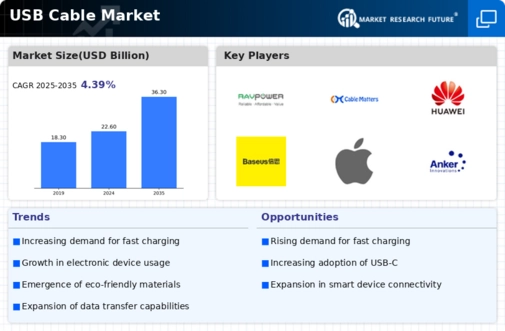
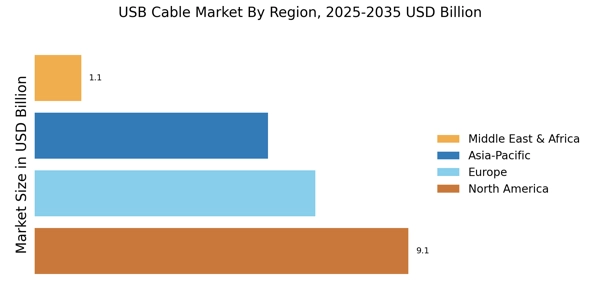
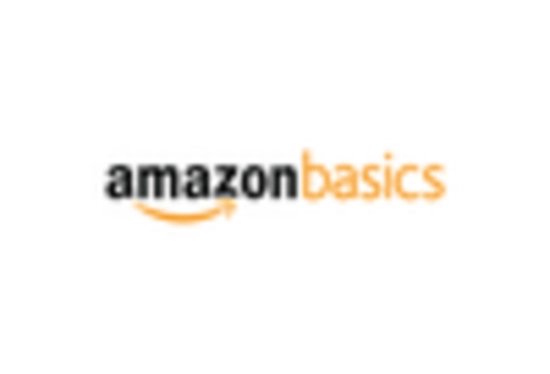
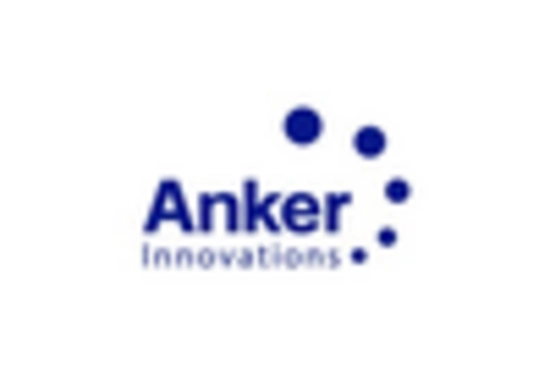

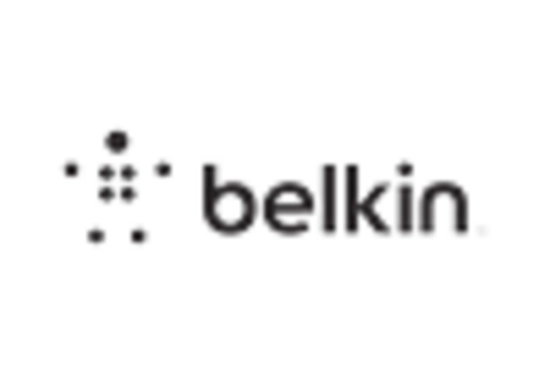

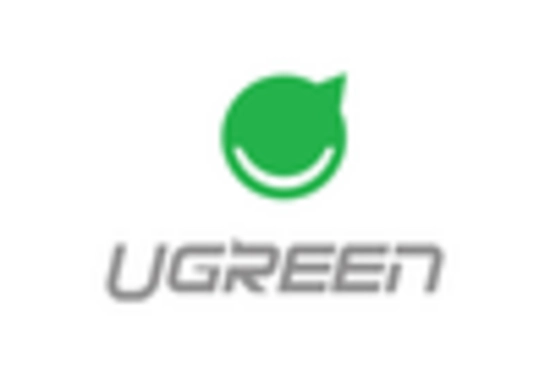








Leave a Comment